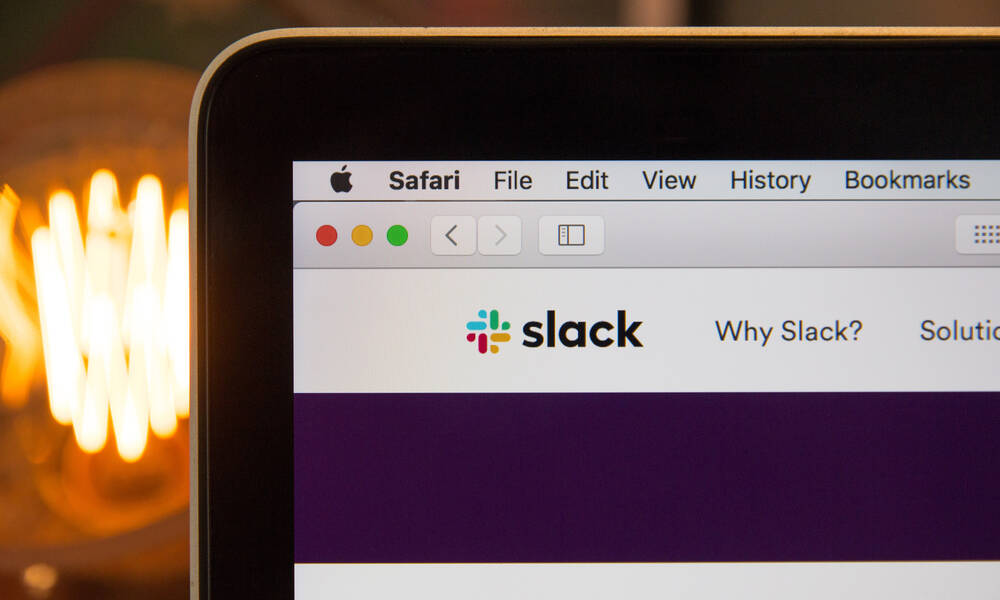
The Wrong Way to Use Slack
A viral news story involving a popular startup’s toxic culture underlines how, if we’re not careful, internal communication tools like Slack can play into our worst leadership tendencies.
A recent saga from startup land shows what can happen when modern office communication is taken to its absolute extreme.
In The Verge, an exposé of the employee culture at the luggage startup Away painted a picture of what can happen when a corporate culture leans hard on transparent conversation using tools like Slack—and combines them with an aggressive management approach.
The startup’s cofounder and CEO, Steph Korey, was targeted in the piece for taking a very no-holds-barred approach to operations, particularly in the context of the customer experience team, which the story illustrated as understaffed and overwhelmed, stuck working weekends and major holidays due to a never-ending backlog of service requests. Lots of screenshots (included in the piece) of things that were said to staff members—in particular, a 3 a.m. missive where Korey informed staffers they would not be allowed to use paid time off or work from home privileges until they met specific goals—went viral in response to the piece.
Just days after the story came out, it was announced that Korey was losing her CEO position in the company in favor of an executive chairwoman role, but that the search for her replacement had been going on for a while; soon after that, The Verge’s sister site Recode revealed that while there was a search, the story turned a gradual transition into an immediate one.
The piece created a lot of debate in the technology world—with some feeling the reaction to Korey was overblown, while others thought that it underlined issues with toxic startup culture.
“It is, in short, the perfect Rorschach test for today,” TechCrunch columnist Jon Evans wrote. “Like most Rorschach tests, the panoply of reactions to it is much more interesting than the story itself.”
There is a pretty good debate about leadership to be had with this story, and I encourage you to look up different angles about it. But for the focus of my tech blog, I want to concentrate on one element: the use of Slack and similar digital communication tools and the way both leaders and employees use it.
Is There Such a Thing as Too Open?
To be clear, Away has a complex relationship with Slack that most associations would not—beyond the fact that it drives their internal communications, fellow Away cofounder Jen Rubio is engaged to Slack CEO Stewart Butterfield.
The approach the company has taken with this tool shows how easily an internal platform can be used the wrong way, or even abused.
But the approach the company has taken with this tool shows how easily an internal platform can be used the wrong way, or even abused.
And a big part of the issue is not the tool itself, but the way its features have been used to limit employee flexibility. A few ways that this played out, per the Verge piece:
Away has an “open” approach to Slack, where employees are discouraged from using private channels or direct messages to discuss issues. This was intended to create a transparent approach, but it allowed leaders to criticize employees in public forums, as well as to track their various moves.
Notifications came in at all hours of the day, with even important messages, such as a 1,200-plus-word missive asking customer-service employees to work on New Year’s Day, appearing as chat messages.
There were no backchannels for staff members due to company policy, to the point where staff members could not email one another. And when one backchannel emerged and Korey found out about it, a number of employees were fired for things they said on the Slack channel.
For leaders used to email or who use Slack in less complex ways, these may feel like grotesque ways to manage employees with a tool that had been sold as a method of improving communication.
I don’t think Slack, specifically, is the problem. I could see email misused in this way as well. A 3 a.m. email from the boss would likely be as welcomed as a 3 a.m. Slack message.
Rather, I think aggressive leadership strategies can adapt to any tool, especially in a hard-driving field like consumer startups. If anything, the simplicity of the format might make it easier to drop filters that encourage normalcy.
As I’ve written before, the way we conduct ourselves in digital mediums is a form of leadership, and one that we need to take seriously.
But, as the Away saga shows, those “digital mediums” aren’t necessarily external ones. Korey is an effective communicator on social media who ran a hugely successful startup, and the company had a good reputation before the Verge piece. But when you’re putting your nose to the grindstone, frustration can seep out.
Are the tools you use amplifying that or tamping them down?
(webaroo.com.au/Unsplash)






Comments